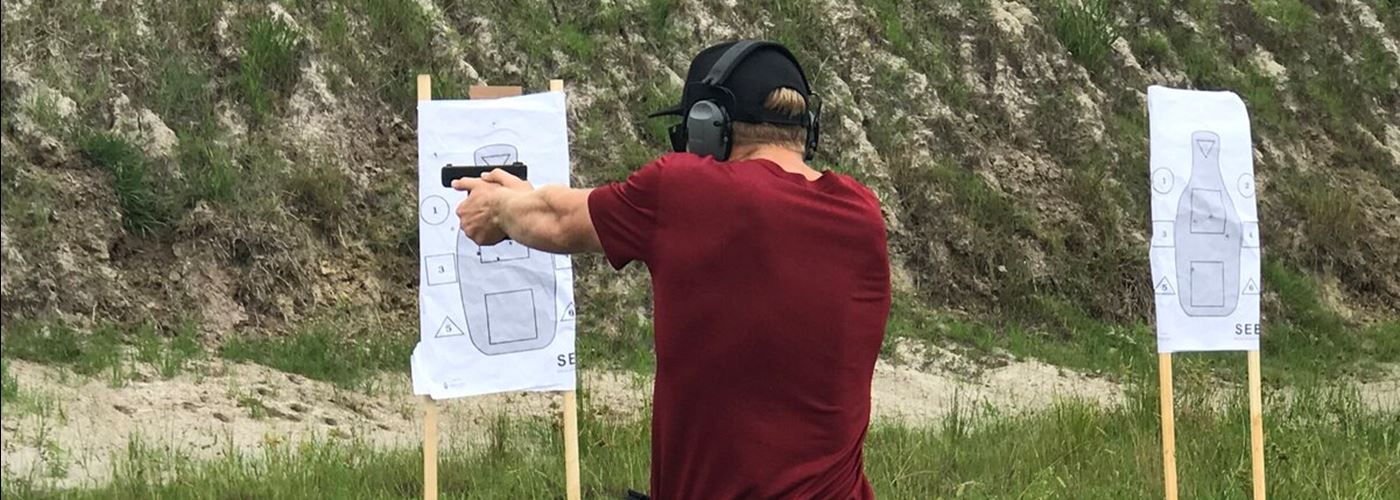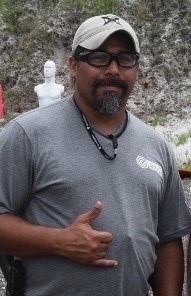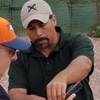
At ShootingClasses.com the highest percentage of classes students register for are Concealed Carry Weapons Permit classes. Many students who register for these classes do not even own a firearm or have any prior training, yet they want to have a permit to carry.
Quite often instructors will ask, how do we get students to take additional training beyond getting their concealed carry weapons permit?
It is a fact that within the United States there are more than 22.01 million concealed carry handgun permit holders (Crime Prevention Research Center, https://crimeresearch.org), yet statistics also show that less than 2% of those license holders have taken any training beyond the requirements to receive their license.
Considering that each state varies in their requirements to obtain a carry permit from none (constitutional carry states) to minimal classroom training with no range time required, to a few more hours classroom time and minimal actual range time per individual, it is quite surprising the number of individuals who believe they are now “good to go”.
We have nothing against states adopting constitutional carry as we support this as a right that every citizen has, but also strongly believe that along with this right is the responsibility of every firearms owner to get training beyond basic or concealed carry requirements to properly prepare themselves to carry a firearm.

We have a saying in the firearms world, “You don’t know what you don’t know”. This translates to you don’t know what you don’t know until you are confronted with a situation, and you quickly realize what you don’t know and are not prepared to deal with. This becomes more evident all the time.
An example, a teenager gets their driver’s license and passes the driver’s test and is on top of the world with their new ability. Everything is good until one winter day driving in the snow and ice down a steep hill when an oncoming car loses control and swerves in front of them. The teenager hits the brakes, and their car starts to swerve and go out of control and a head on collision becomes unavoidable. Luckily no one is seriously injured, and the teenager realizes no one taught them how to react when something like that happens.
When a person is confronted with a situation where the use of a firearm is required, stress and lack of preparation is a serious reality check and not the time to wish one had better training.
Watch this video where I break down the phases of training every firearms owner, especially those who carry a firearm, should achieve by taking training course and then reinforce routinely.
PHASE 1 - MARKSMANSHIP VALIDATION AND WEAPONS MANIPULATION
Phase 1 is the building block for all other training. To be truly proficient at Phase 1, you must be "unconsciously" competent in weapons manipulations before you even consider moving on to Phase 2. Being unconsciously competent means you do not have to think in order to react and perform the tasks – you can do it in the dark, on the run or anywhere without a thought.
These classes have a variety of different names, but the skills you need to accomplish remain the same. To move on from Phase 1, you need to take several basic classes and practice until the movements are automatic. It’s not uncommon for people who really want to do it correctly to take five Phase 1 classes before moving on to Phase 2.
Some skills that should be a part of Phase 1 training:
- Hit your target
- Shot placement is no longer a hope but a reality. This is marksmanship validation.
- Assess and self-correct
- The ability to self-correct on the fly means you realized why you missed the shot and correct the issue immediately.
- Loading and reloading
- Operate all controls on your weapon without a thought.
- Malfunction clearance
- Operate all controls on your weapon without a thought.
- One handed operation with both your dominant hand and your reaction hand
- Operate all controls on your weapon without a thought.
- Understand gear, holsters, slings etc., benefits and drawbacks and adjust accordingly
- Operate all controls on your weapon without a thought.
- Drawstroke from retention (if applicable)
- Operate all controls on your weapon without a thought.
PHASE 2 - DYNAMIC MOVEMENTS AND TACTICS
Once you have mastered the basic operation of the weapon and validated your ability to shoot accurately, it’s time to move to tactics. This is the phase everyone wants to begin with, but it’s crucial that you complete Phase 1 first.
The goal is to understand why your movements and tactics are important and, when ready, work toward concealed carry weapons permitting. This phase teaches real-world applications. Think tactically, and you maximize your survivability.
Some skills that should be covered as part of Phase 2 training:
- Difference between cover and concealment
- Understanding of ballistics and bullet placement
- Understanding of the effects of distance and angles
- Room clearing and the use of lights at night or in low-light conditions
- Understanding of vehicle dynamics and how to fight in and around a vehicle
- Movement with a weapon and team tactics (if applicable)
PHASE 3 - STRESS MANAGEMENT
We never get rid of fear, nerves, and stress no matter how experienced or well-trained we think we are. Stress management is best described in a famous quote by Mike Tyson, "Everyone has a plan until they get punched in the face."
Phase 3 is where everything you learned in Phase 1 and 2 are put to use. This can be achieved by classes that focus on force-on-force training. You are placed in situations against another living, breathing opponent. The stress management comes from a pain penalty delivered by a UTM or simulation round, which is basically a high-speed paint ball.
The more force-on-force training you do, the better equipped you are to think normally in a situation that is not normal and increase your survivability.
This is the final step in truly being trained. Everyone can be trained to shoot a bullseye at 15 yards, but it’s different when the target shoots back. Learn to move, think, and win.
Some skills that should be covered as part of Phase 3 training:
- Continued application of tactics and dynamic movements learned in Phase 2
- Combined with UTM/SIMMs in the use of tactics against another living, breathing opponent, acquired from multiple force-on-force training classes.
Training is a lifetime commitment and no matter how long it takes to get proficient with all three phases it is always good to go back and take refreshers from time to time to keep fundamentals sharp.
CONCLUSION
Whether you use a pistol, a rifle or a shotgun, these phases apply to you. There are classes specifically designed for each weapon’s system, but the training timeline remains the same. Use this timeline as a general view regarding what to seek in your classes. Remember, this is a very general guideline and not all-inclusive.
And remember: YOU DON’T KNOW WHAT YOU DON’T KNOW!
Find classes now: https://www.shootingclasses.com/find-classes/
